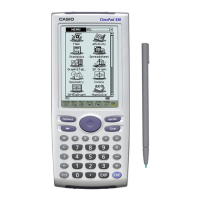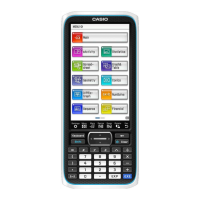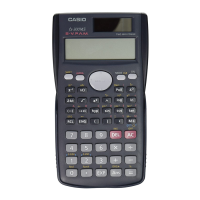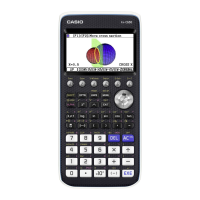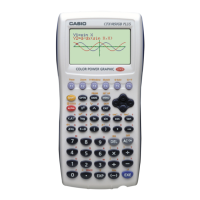To use the tool, first choose whether you are going to create an OBCD or a CBCD. Next
type in the decimal value for the real part and/or the complex part of your BCD and click
OK.
The hex representation of the value you entered will be displayed in the text box at the
bottom of the dialog. You can use this hex string to create a new OBCD as follows:
OBCD x = {{{0x05, 0x12, 0x35, 0x00, 0x00, 0x00, 0x00, 0x00, 0x00, 0x00},
0x1000}};
CBCD y = {{{{0x05, 0x87, 0x64, 0x00, 0x00, 0x00, 0x00, 0x00, 0x00,
0x00}, 0x1000}}, {{{0x06, 0x00, 0x00, 0x00, 0x00, 0x00, 0x00, 0x00,
0x00, 0x00}, 0x1000}}};
More Information
For more information about OBCD/CBCD data structures and the functions they can use,
please refer to the ClassPad 300 SDK API Reference Guide.
93
